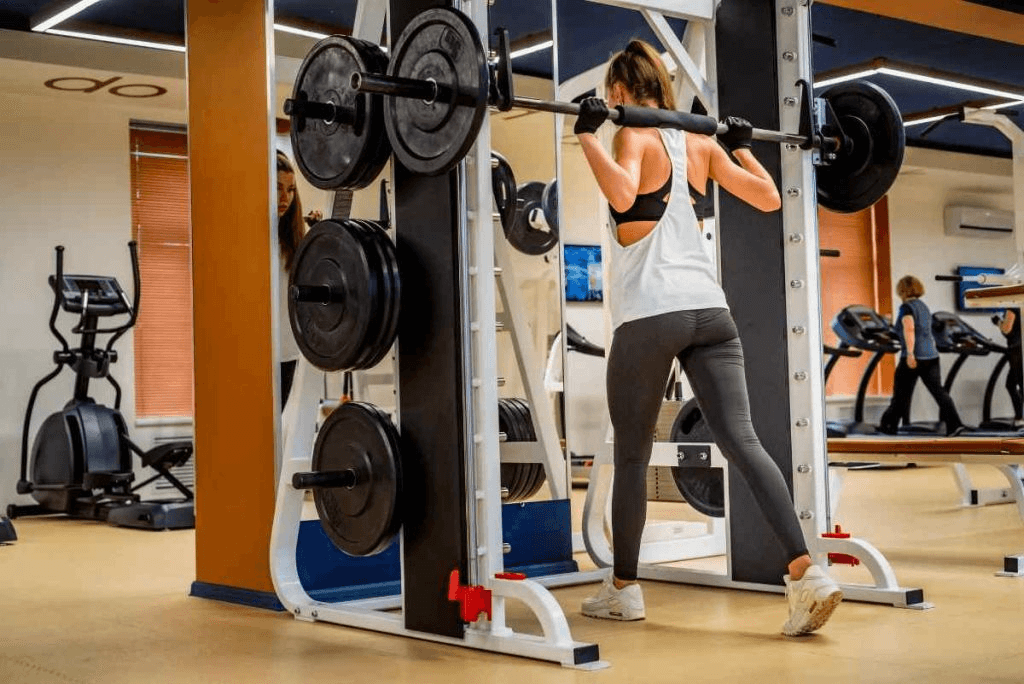Lat pullovers are a classic yet often overlooked exercise that delivers powerful results for upper body strength and muscle development. Whether performed with a dumbbell, barbell, or a machine, lat pullovers can significantly enhance your back and chest workouts when done correctly. Understanding the muscles worked during lat pullovers is key to using this exercise effectively.
Primary Muscles Worked by Lat Pullovers
Lat pullovers primarily target the latissimus dorsi, the broad, wing-like muscles that stretch across your upper back. These muscles are essential for a wide range of movements, including pulling, lifting, and supporting proper posture. Strengthening the lats not only improves athletic performance but also helps create the highly sought-after V-shaped torso.
Besides the lats, several other muscles contribute during the movement:
-
Pectoralis major (chest): The chest muscles play a supporting role, especially during the upward phase of the pullover, helping control the weight as it moves back over the body.
-
Teres major: Often called the "little lat," this small muscle works closely with the latissimus dorsi to move the arm down and backward.
-
Triceps brachii (long head): The long head of the triceps assists by stabilizing the elbow joint and aiding in shoulder extension.
-
Rhomboids and trapezius: These muscles in the upper back help stabilize the shoulder blades throughout the exercise.
Understanding how lat pullovers muscles worked can help you better focus on the mind-muscle connection, leading to more effective workouts and reduced risk of injury.
Secondary Muscles Activated
In addition to the primary movers, several secondary muscles get activated:
-
Core muscles: To keep the spine stable and prevent excessive arching during the movement, the core engages significantly.
-
Rear deltoids: Located at the back of the shoulder, the rear delts assist in controlling the weight and providing shoulder stability.
-
Serratus anterior: This muscle, situated on the sides of the chest wall, plays a key role in the scapular movement and can be stimulated during full-range pullovers.
Although not the main focus, these muscles support the primary movers and contribute to the effectiveness of the exercise.
Proper Form for Maximizing Muscle Engagement
To fully engage the muscles worked by lat pullovers, proper form is essential:
-
Set up: Lie flat on a bench with your feet planted firmly on the ground. Hold a dumbbell, barbell, or EZ-bar with both hands extended above your chest.
-
Movement: Keeping a slight bend in the elbows, slowly lower the weight in an arc behind your head, feeling a deep stretch in your lats and chest.
-
Return: Bring the weight back over your chest using controlled motion, focusing on contracting your lats rather than just moving your arms.
Common mistakes like excessive elbow bending, arching the lower back too much, or rushing through the motion can reduce muscle activation and increase injury risk.
Variations to Target Different Muscles
Different variations of lat pullovers can emphasize various muscles:
-
Dumbbell lat pullovers: Tend to engage the chest slightly more due to the freer range of motion.
-
Barbell lat pullovers: Offer more control and allow for heavier loading, putting greater emphasis on the lats.
-
Machine pullover: Isolates the lats more effectively by providing constant resistance throughout the movement.
Choosing the right variation depends on your training goals — whether you're aiming for back width, chest development, or overall upper body strength.
Conclusion
Lat pullovers are a versatile, compound exercise that strengthens multiple upper body muscles at once. The main muscles worked include the latissimus dorsi, pectoralis major, teres major, and the long head of the triceps, with additional support from the core, rear deltoids, and serratus anterior.
Mastering the correct technique ensures you're maximizing muscle engagement and reaping the full benefits of the exercise. Whether your goal is building a stronger back, enhancing your chest workout, or improving shoulder stability, integrating lat pullovers into your routine can be a game-changer for your training results.











































Leave a comment
This site is protected by hCaptcha and the hCaptcha Privacy Policy and Terms of Service apply.